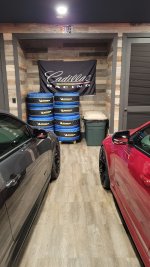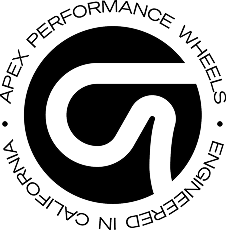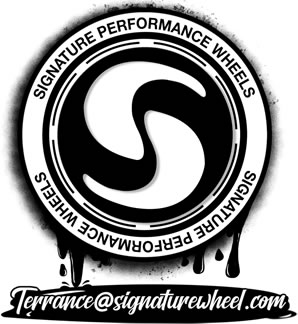I will contribute my 2 cents to this discussion. Actually is more like $3000 in tires YTD. I will provide my data, my analysis and you decide ...
Vehicle - CT4V-BW
Mileage - 11,600
Track time - 15 days which is about 90 - 20 minute sessions, yielding a total approx 30 hours of track time.
Track miles - that is a stuff one to calculate since I have not been keeping an accounting.
My Best guess is 120 to 150 miles per day = So about 2,250 miles.
Tires used - Original set + 3 sets of fronts and 2 sets of rears
Track days per set of front tires = 3 to 4
Issue: Wearing outside shoulder of tires. Outside treat block and 1 inch shoulder of tire. Tire thread chunking of outside tire block.
Alignment Configuration - stock for the first 4 track days, then I had a GM Chevy dealer perform the front strut track adjustment per the service manual. They did NOT do a track alignment as I had asked. After another 2 track days, I performed the front suspension bolt adjustment to the suspension to the max. I assume the settings is around -2.5 to -2.7 camber.
Tire wear assessment - Tire wear improved but I was still wearing out the corner tread and sidewall shoulders of the front tires. I then received information from the Texas V-Club and it was confirmed by Michellin, that if you track your car and run at high speeds, you need to INCREASE the PSI to run near the max pressure when tires are hot.
Proof of concept (POC) - For the last two track sessions, I have started with cold pressures of 42 on all four. I then monitored the PSI during my multiple runs. I hit 48 and 49 Hot tire pressures consistently. I will let out 1 PSI to stay at 48 max for the next session. I will probably start at 41 going forward. The result is a much better shoulder tire wear result. Running in this config for 2 track days I have not had my wear on the shoulders of the tires.
FYI (part1) - regarding the difference between the TPC versus regular Michelin PS 4S:
TPC spec tires-
View attachment 21733
FYI (Part 2) - Per the CT4V-BW Owners Manual:
" Tire Inflation Pressure for Track Driving
For driving on a race course, if your vehicle is equipped with 255/35ZR18 (94Y) and 275/35ZR18 (99Y) tires, set
cold (stationary) tire pressures to 30 psi. During track sessions, set the pressures at 35 to 38 psi for hot tire
pressures. If pressures exceed 38 psi, bleed pressures down to 35 to 38 psi. Return the tires to the recommended
cold tire inflation pressure when track driving has ended."
"Warning: Track/course loads wear tires both on the tread and internal to the tire. When driven in track/course
conditions, even if tread is not worn down to the treadwear indicator, tires must be replaced after the equivalent of two tanks of fuel or approximately 160 km (100 mi)."
Based on the guidance in the Owners Manual, you need to replace all four tires about every track day!
FYI(Part 3) - Page 372 gives conflicting info on "track event" tire pressure guidance.
View attachment 21731
Analysis: Based on information from the Michelin V-CLUB teleconference - "If you are wearing the shoulder of the tire, it is under inflated", and my POC results; I will set the tires pressures for Road Course HPDE events at 41 to 41 PSI and monitor the pressures during track day sessions to ensure that I do not exceed 48 PSI. Max rated PSI is 50.
Also, I would never run on track @ 135+ with tires cording. The most I would tolerate is about 25% chunking of the outer thread block before I would replace the tires.








